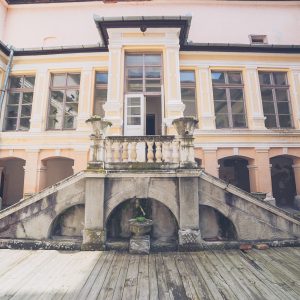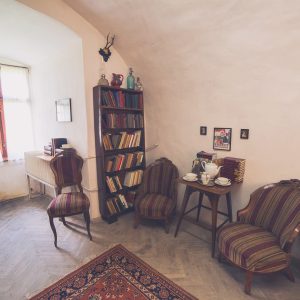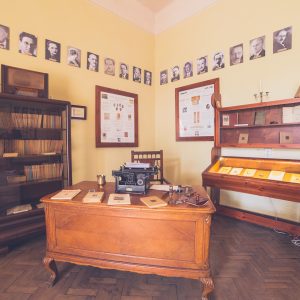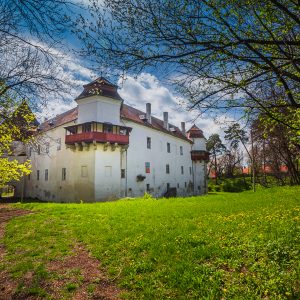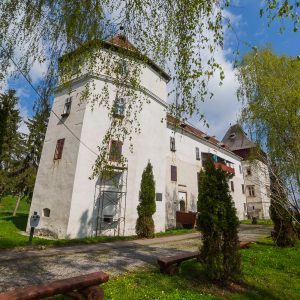- National Monument Number:
- MS-II-a-A-15616
- Address:
- Brâncovenești commune, village of Brâncovenești, Str.Castelului nr.215
- Dated to:
- Ownership:
- private property
In 1467, the family participated in the rebellion against king Mátyás and subsequently lost the property. Mátyás then gave the castle to one of his relatives from Hunyad county, the yeoman Ongor János. The property then went over to the influential and rich Szobi Mihály. Following his death in 1527, Szapolyai János gifted all the Szobi-owned lands to Werbőczy, who allegedly wrote his famous Tripartitum in this location. The castle changed owners many times over the years – kings and suzerains were giving and taking it at whim. The chronology starts with Kendi Ferenc, one of the time's important leaders, then Báthori Zsigmond gives it to his uncle from his mother's side, the illustrious Bocskai István; a few years later the castle is obtained by Wesselényi István, but it had also belonged to Bethlen Gábor, who later gave it to his cousin, Bethlen Péter and eventually ended up in the hands of suzerain Rákoczi György I. Seven villages belonged to the castle at that time (Romanian names in brackets): Vécs (Brâncovenești), Erdőszakál (Săcalu de Pădure), Felsőrépa (Vătava), Felső Idécs (Ideciu de Sus), Alsó Idecs (Ideciu de Jos), Kövesd (Pietriș), Lövér (Luieriu) and part of Felfalu (Suseni). Rákoczi György I. meant to give it to his esteemed servant, his right hind during his campaigns, Kemény János. His will, however, would end up being carried out by his son, Rákoczi György II, as he gave the castle together with five villages to Kemény János (later suzerain of Transylvania) and his descendents. From this point on, Marosvécs belonged to the Kemény family for 300 years. Everyone cherished it for its beautiful setting and the quiet, peaceful days spent in the castle.
The castle was surrounded by a plastered, shingled wattle fence, inside of which there was a vineyard, an apiary, a sattelite-house, stables, summer houses, sheds, wains and 60 carts of firewood. The internal structure was surrounded by the still existing ditch, over which a draw-bridge led into the castle. A three-storied hallway made from planks stretched in front of the rooms on the side of the courtyard. The rooms had brick floors, the upper floor had a ceiling made of beams and boards, as well as furnaces with green glazing. Different furniture could also be found, including a bathtub. The castle's clock is also mentioned, as well as a few cannons and artillery equipment. The windy road leading to the castle was rearranged drastically in the beginning of the 20th century and became an alley seamed with flowers, while the space once serving as a moat was used as ground for rose trees. On the two sides of the stone bridge leading to the castle gate once stood two stone lions, unfortunately, these were destroyed during WW2. Once we enter the castle's interior, three meter thick walls show us that we are inside a building that is centuries old. A generation ago, guests were received with fine furniture and a few family pictures on the ground floor. The new corner-turret built on the northern side kept the portraits of the renovators, Kemény Kálmán and his wife, as well as the 19th and 20th century items from the beautiful library. The massive turret was rebuilt only at the beginning of the 20th century according to the plans of Möller István, the famous restaurateur of the Vajdahunyadi Castle. After the nationalization following WW2, the Kemény family was left penniless and all their properties, including the castle, were confiscated.
Property status: The castle has been given back to the Kemény family.





